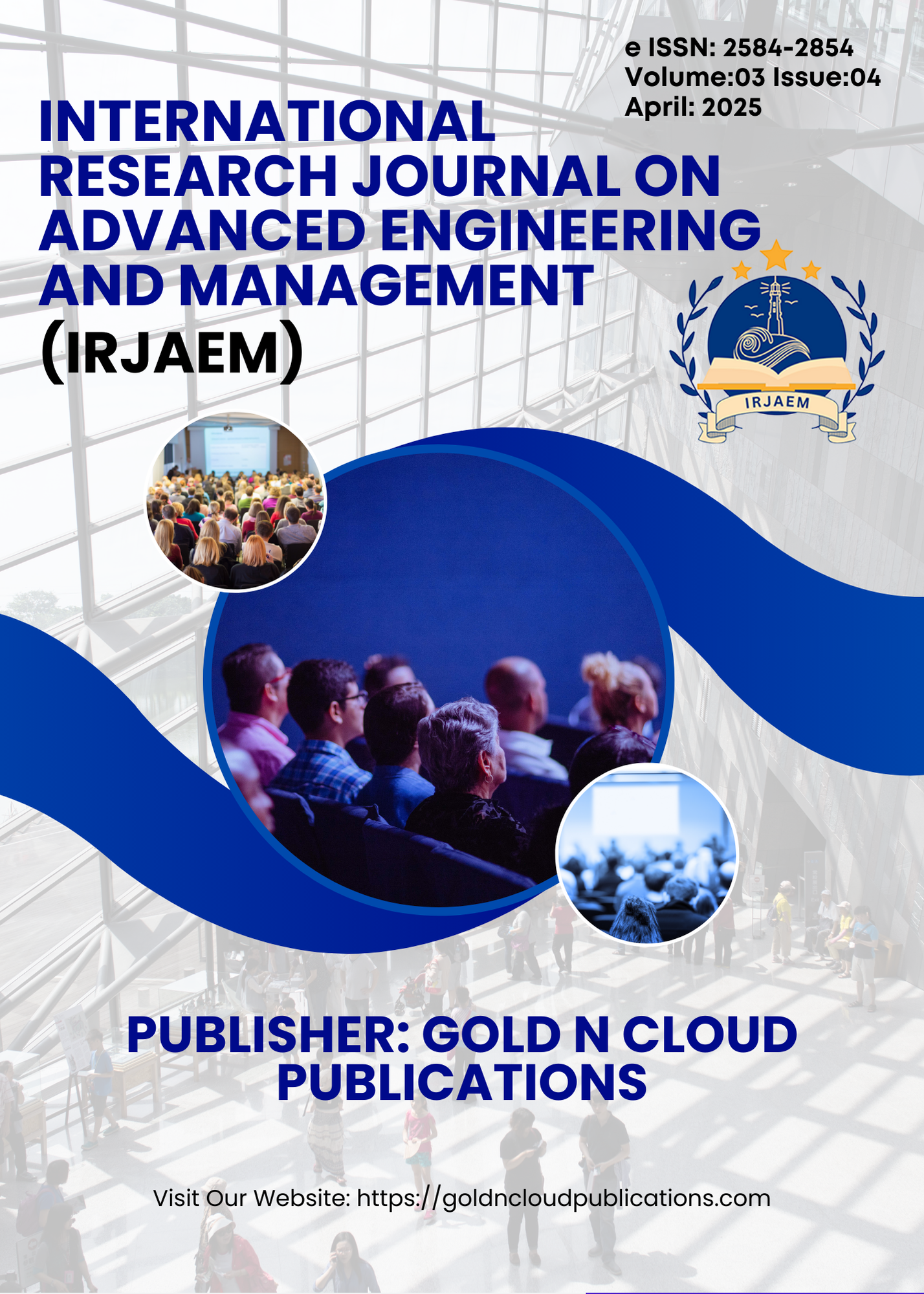Swarm Intelligence for Dynamic and Multi-Scale Toxicity Prediction in Drug Discovery
DOI:
https://doi.org/10.47392/IRJAEM.2025.0195Keywords:
Swarm-Based Toxicity Prediction (SBTP) Model, multi-agent AI, stigmergy-based learning model, high-fidelity molecular simulations, multi-agent reinforcement learning (MARL)Abstract
Toxicity induced by drugs remains a huge challenge in pharmaceutical research, leading to high failure rates in clinical trials and unforeseen adverse drug reactions. Current computational toxicology models such as Quantitative Structure-Activity Relationship (QSAR) models and molecular docking fail to account for the dynamic nature of toxins across biological systems. This research proposes a Swarm-Based Toxicity Prediction (SBTP) Model that integrates multi-agent AI and a stigmergy-based learning model which accounts for the complex interpretability of static AI models. The proposed framework treats toxins, molecules, metabolic pathways and organ level interactions as autonomous agents that interact with each other and evolve based on toxicology data. Agents interact and learn from each other using multi-agent reinforcement learning (MARL). Drug models are represented as graphs where atoms are represented as nodes and chemical bonds as edges. A GNN encoder extracts structural and physicochemical features. This system can replicate the effect of drugs on a system at the cellular, molecular and systemic levels. The model will be trained on diverse datasets, including Tox21, FAERS (FDA Adverse Event Reporting System), and high-fidelity molecular simulations. This research aims to introduce the pathway for next-generation computational toxicology and to change the status quo of existing static AI models in the development of drugs
Downloads
Downloads
Published
Issue
Section
License
Copyright (c) 2025 International Research Journal on Advanced Engineering and Management (IRJAEM)

This work is licensed under a Creative Commons Attribution-NonCommercial 4.0 International License.


 .
. 